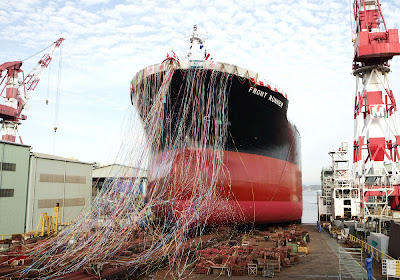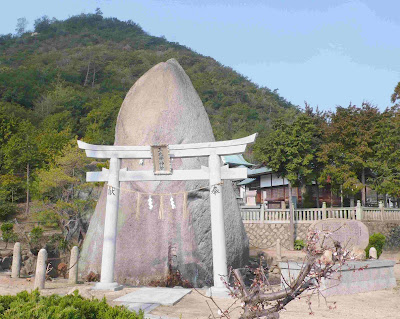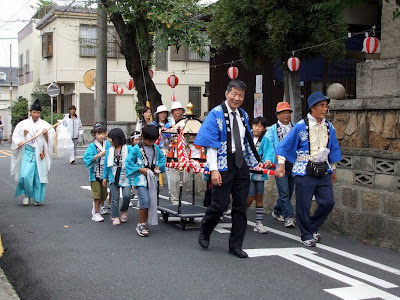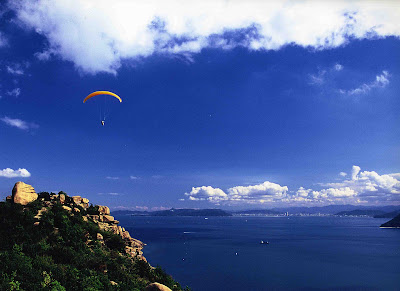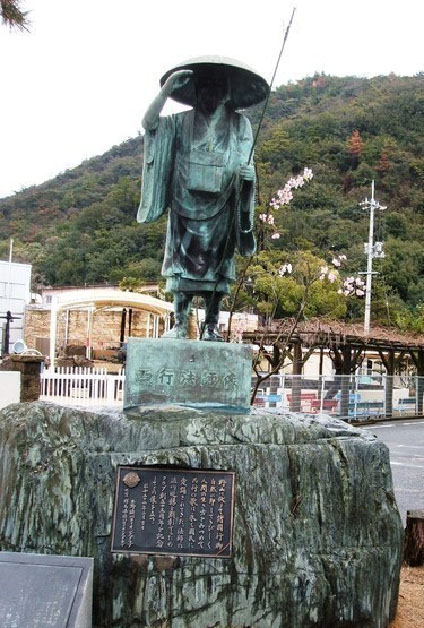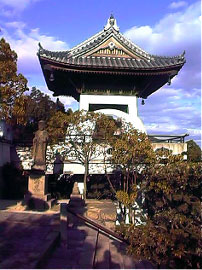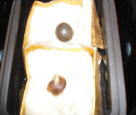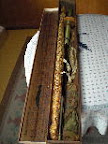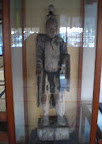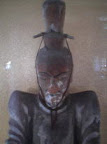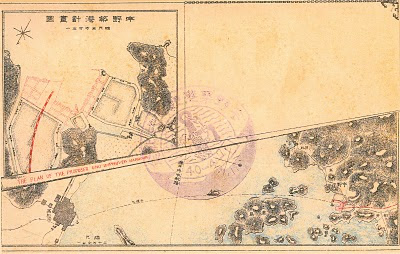2018.04. MITSUI E&S STARTING.
A wellspring of new solutions.
Mitsui E&S group will evolve into an engineering teamthat creates social value.
Top Message
To become an engineering team that creates social value for the next 100 years, we are introducing some major innovations. In April 2018, we took a new step by reorganizing into a holding company structure and changing our name from the Mitsui Engineering & Shipbuilding Group to the Mitsui E&S Group.
Reorganizing the three business segments of the former MES Group, namely the Ship & Ocean Project segment, the Machinery & Systems segment and the Engineering segment, into operating companies under the holding company structure, we will strive to further boost their respective value by accelerating strategic planning and implementation, making flexible changes in strategies in light of shifts in the operating environment, executing bold strategies such as mergers and acquisitions or business tie-ups with outside companies, and refining our business focus. At the same time, as a holding company, Mitsui E&S Holdings will strive to strengthen collaboration among individual operating companies with increased business independence and with other companies in the Group. Mitsui E&S Holdings will also work to develop management plans and strategies for the overall Group so as to build an organic sense of unity based on close links among the Group companies, and to concentrate its management resources on the three business domains defined as growth areas in the Group's long-term vision, with a view to increasing its corporate value and growth potential and securing stable profitability.
The Mitsui E&S Group, which was founded as a shipbuilder, has evolved into an engineering group with more than 100 affiliates in Japan and overseas. The Group will provide solutions to the needs of the market and society by working together to combine its diverse resources and products and maximize its strengths.
Takao Tanaka
President / Representative Director & CEO
Corporate Info:
Mitsui E&S Holdings CO., Ltd.:
Mitsui E&S Shipbuilding Co.,Ltd. (hereinafter called the former MES Group) started its business in 1917 as a shipbuilding department of Mitsui & Co. in Tamano City, Okayama Prefecture.
History
Since established in 1917 as the Shipbuilding Division of Former Mitsui & Co. in Tamano City (Presently), Okayama Pref. its shipbuilding technology has been diversified, developed and extensively applied to many fields, such as production of industrial machinery production diesel engines, chemical plants construction, social infrastructure projects including bridges, logistic systems, i container cranes and environmental equipments.
The Launching Ceremony of the Mitsui E&S Shipbuilding is carried out at the Tamano Works (shipyard) of Tamano City, Okayama Pref.
Mitsui E&S Holdings Co., Ltd.:
Welcome to the Mitsui E&S Shipbuilding Co.,Ltd.
Tamano Works (shipyard) always opens its launching ceremonies to the public.
Why don’t you visit the launching ceremony of a large ship to witness her birth.
Access:
By car from UNO Port 15 minutes
For reference
Search BLG:
Tourism Center: Tel 0863-21-3486
e-mail: info@tamanokankou.com
Uno Port- Object of Black sea bream
Tamano lyceum, The planning under construction


